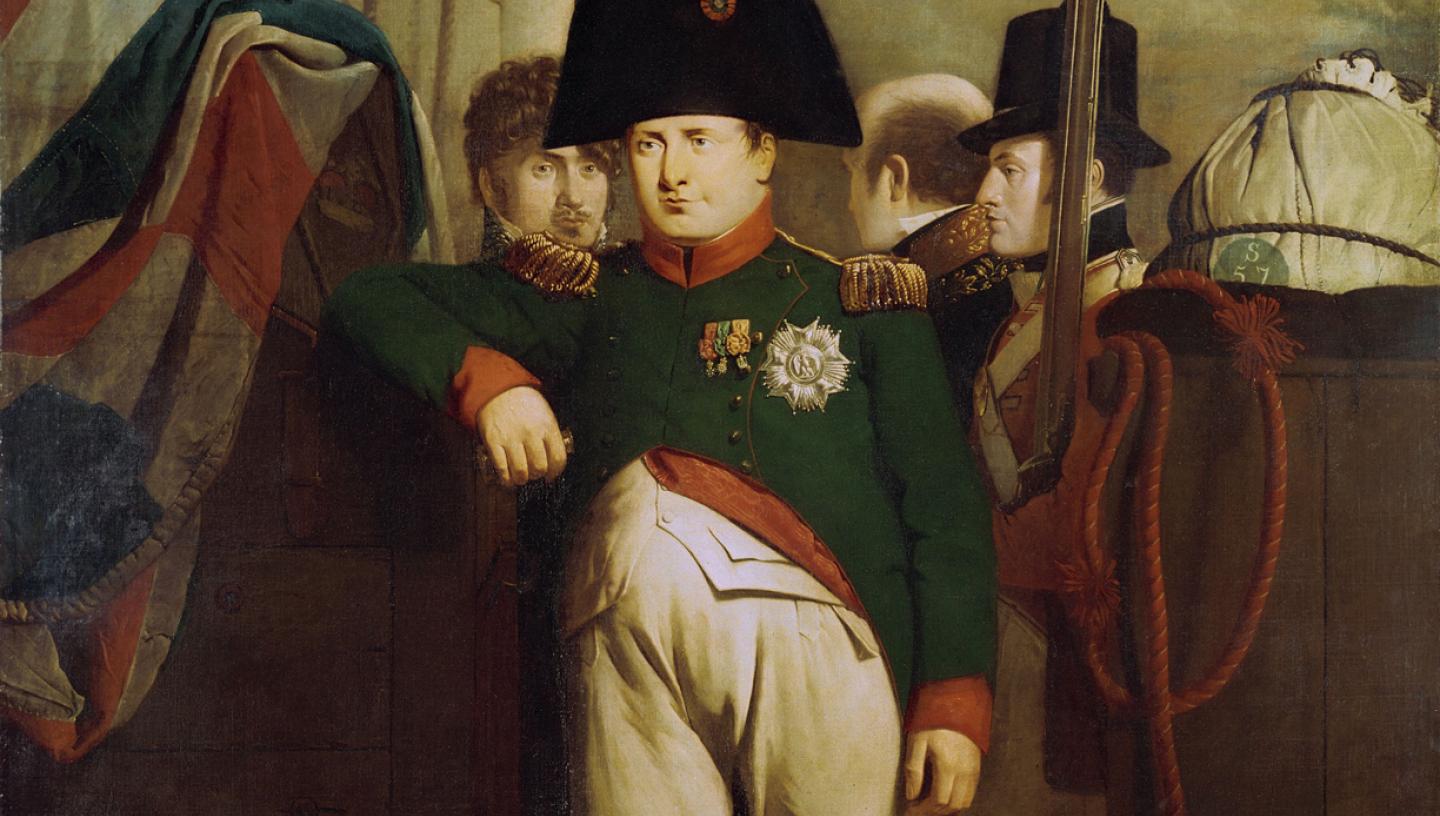
French Revolution
The French Revolution took place between 1789 and 1799, leading to the rise of Napoleon Bonaparte.
The French Revolution was not a single event but a series of developments that unfolded between 1789 and 1799.
In the late 18th century France was on the brink of bankruptcy due to its involvement in the American Revolution and King Louis XVI’s extravagant spending. This led to a people’s revolt against the inequalities of French society, the corruption of royal officials, and despair owing to widespread economic hardship. This period was known as the French Revolution.
French Revolution: A brief timeline
20 June 1789: Collapse of Estates-General
The Estates-General (France’s equivalent to the British Parliament) collapses when members of the Third Estate – which represents ‘the people’ – form their own National Assembly, to campaign for constitutional reform. This is a bold challenge to the King’s authority. The French Revolution has begun!
14 July 1789: Storming of Bastille
A wave of revolutionary hysteria sweeps through Paris, leading to fears of a military coup. In retaliation, rebels storm the prison fortress of the Bastille, a symbol of royal authority. Paris falls from the King’s control. Today this date is celebrated as Bastille Day in France.
22 September 1792: French Republic established
After a long period of debate about how the new constitution will work, the French Revolution takes a radical turn when revolutionaries arrest the King. The following month, on 22 September 1792, the National Convention is established. This proclaimed the abolition of the monarchy and established the French Republic. The King is tried and, on 21 January 1793, he is executed as a traitor.
June 1793: Reign of Terror begins
Following the King’s execution, France goes to war with various European powers. This signals the most violent phase of the French Revolution. Infighting within the National Convention leads to the radical Montagnards taking power. This marks the start of the bloody Reign of Terror (la Terreur), a year-long period in which suspected enemies of the revolution are killed in their thousands.
1795: The Directory takes power
A new regime – the Directory – takes power in France in 1795. The internal political situation remains unstable, but is silenced by the army, now led by a young general Napoleon Bonaparte. There follows a period of successes in war: what is now Belgium is annexed, the Dutch Republic surrenders and peace is made with the Prussians and Spanish.
9 November 1799: Napoleonic era begins
The Directory’s four years in power are a failure, with them ceding much power to the military to maintain order. On 9 November 1799, as frustration with their leadership reaches a fever pitch, Bonaparte stages a coup d’état, abolishing the Directory and appointing himself France’s ‘first consul’. This marks the end of the French Revolution and the start of the Napoleonic era.